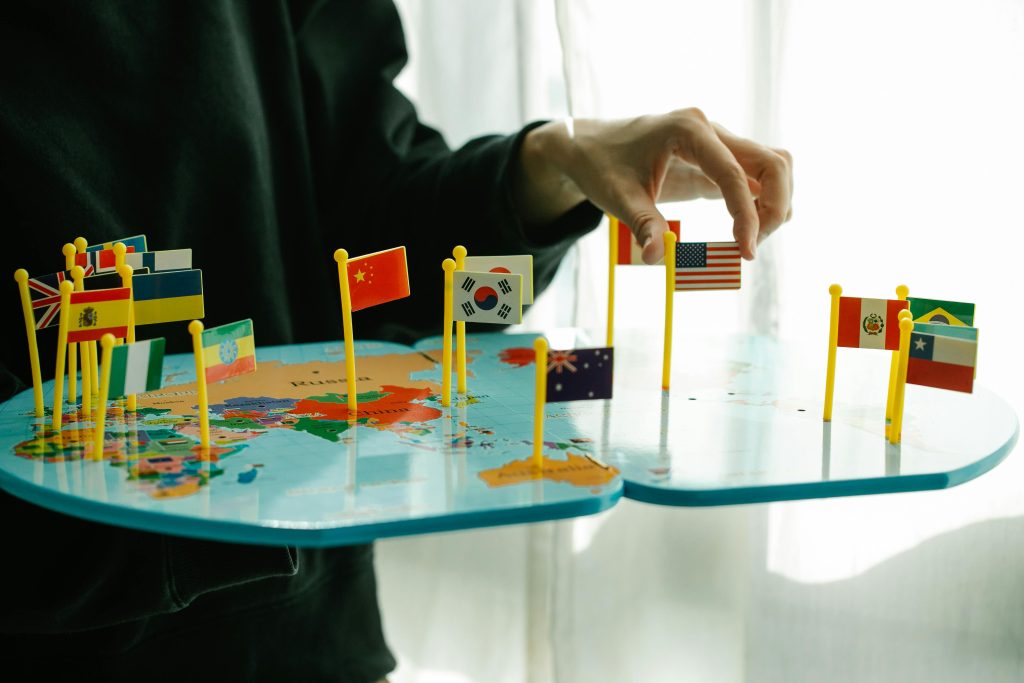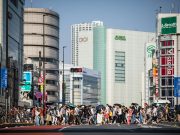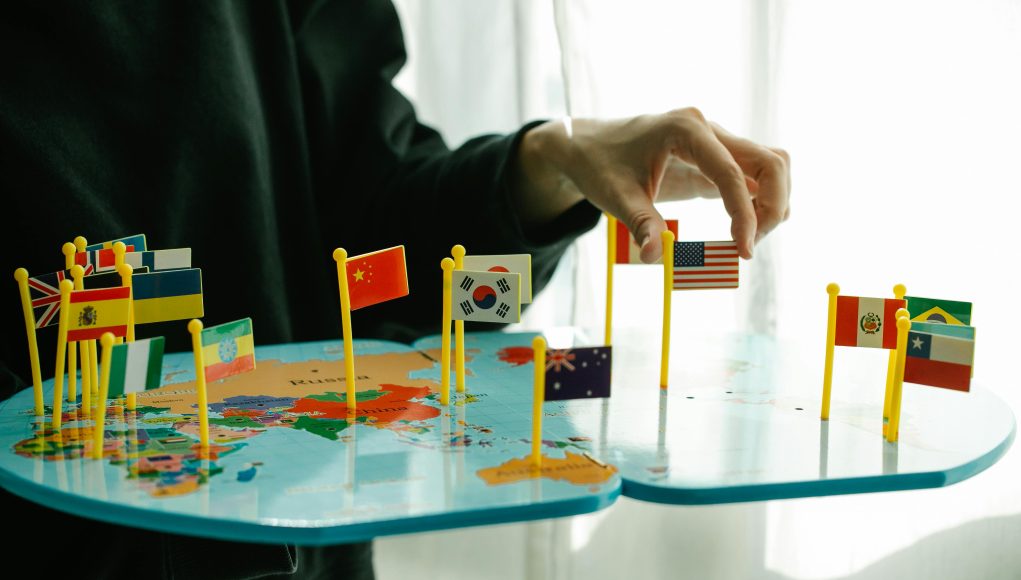
(Singapore, 13.10.2025)The global economy is showing surprising resilience — but cracks are beginning to appear.
Despite the biggest wave of U.S. tariffs since the 1930s, American consumers have kept spending, businesses have found ways to absorb higher costs, and a booming artificial intelligence (AI) sector has powered stock markets to new highs.
Now, three major risks — new U.S. tariffs on China, rising global debt, and fears of an AI-driven market bubble — are clouding the outlook just as finance ministers and central bankers gather in Washington for the annual meetings of the International Monetary Fund (IMF) and World Bank.
President Donald Trump’s latest move to double tariffs on Chinese goods starting November 1 has reignited concerns of another trade shock. The warning comes as Beijing threatens to tighten exports of rare earth minerals — materials critical to electronics and defense manufacturing.
Earlier this year, Trump’s “Liberation Day” tariffs rattled global markets and raised fears of a trade war revival. Although growth since then has exceeded expectations, economists now warn the world may not be able to withstand another round of escalation.
“This resilience has been welcome but I don’t think it’s sustainable,” said Karen Dynan, economics professor at Harvard University. “We are going to see a slowing of the global economy.”
For now, the U.S. economy remains strong. Growth in the second quarter was the fastest in nearly two years, and the S&P 500 has climbed more than 30% since April, fueled by enthusiasm around AI and record investment in data centers.
Still, cracks are emerging. Companies have coped with tariffs by accepting smaller profit margins rather than passing higher costs to consumers — a strategy that may soon reach its limit. “Prices on the shelf … are going up. There’s just no way around it,” warned Mike Brundidge, CEO of Seattle-based Acme Food Sales, which imports goods like canned tuna and coconut water.
Debt at Record Levels
Another growing threat is the explosion of government and corporate debt. Global debt surged by over $21 trillion in the first half of 2025 to a record $338 trillion, according to the Institute of International Finance — a rise comparable to the pandemic era.
At this week’s Washington meetings, policymakers will confront difficult questions about how to manage such debt while avoiding recession. The issue is especially sensitive for emerging economies such as Argentina, which is struggling to stabilize its peso.
The U.S. recently offered a $20 billion lifeline to Argentina, while the IMF — under Managing Director Kristalina Georgieva — continues to negotiate additional support. The debate highlights the tension between political priorities and economic discipline, as countries borrow heavily to manage inflation, fund subsidies, and maintain growth.
Signs of a Global Slowdown
Bloomberg Economics forecasts global growth of 3.2% this year and just 2.9% in 2026. Several major economies are already slowing.
In the U.S., job creation has cooled and manufacturing has shed jobs for four straight months. China’s factory output has been in decline for six months — its longest slump since 2019. Germany’s economy contracted more than expected in the second quarter, with its auto sector among the hardest hit.
The World Trade Organization expects global goods trade to slow sharply next year, projecting merchandise trade volumes to rise just 0.5% in 2026, down from 2.4% this year.
“Headwinds to the global economy are stiffening,” said Frederic Neumann, chief Asia economist at HSBC in Hong Kong. “It’s tempting to believe global exports can remain unscathed by U.S. tariffs, but payback from earlier front-loading appears inevitable.”
The biggest question now is whether American consumers — the engine of global demand — can keep spending despite higher prices.
Citigroup economists, led by Nathan Sheets, believe the impact of tariffs is beginning to bite. They forecast global growth to drop below 2% in the second half of 2025 before rebounding slightly to 2.5% next year.
Eurizon SLJ Capital’s Stephen Jen expects the tariff shock to unfold gradually, taking six to eight quarters to erode U.S. consumption and potentially push growth toward zero. “Tariff shocks have been amortised into bits of 2% import price shocks, rather than a one-off tsunami,” he said.
AI Boom or Bubble?
While tariffs and debt are immediate concerns, the recent surge in AI-related investment is raising another red flag — the possibility of a technology bubble.
Stock valuations in the AI sector have soared to levels not seen since the dot-com boom of the late 1990s. IMF chief Georgieva warned last week that if a sharp correction occurs, tighter financial conditions could “drag down world growth, expose vulnerabilities, and make life especially tough for developing countries.”
In a model by Oxford Economics, a U.S.-focused tech slowdown could tip the country toward a mild recession and cut global growth to just 2% in 2026 — half a percentage point below baseline forecasts.
Economists caution that while AI may transform industries, the boom doesn’t guarantee lasting productivity gains. “The verdict is still out as to whether this investment boom will lead to sustainable improvements in productivity,” said Alexis Crow, chief economist at PwC US.
This week’s IMF and World Bank meetings will test how policymakers navigate these intertwined risks — trade tension, excessive debt, and fragile optimism around technology.
For now, the world economy remains afloat, powered by resilient consumers and investor enthusiasm. But with tariffs rising, debts piling up, and tech valuations stretched, many fear the balance is becoming increasingly precarious.
As Harvard’s Dynan put it: “We’ve had a good run, but the slowdown is coming.”





































